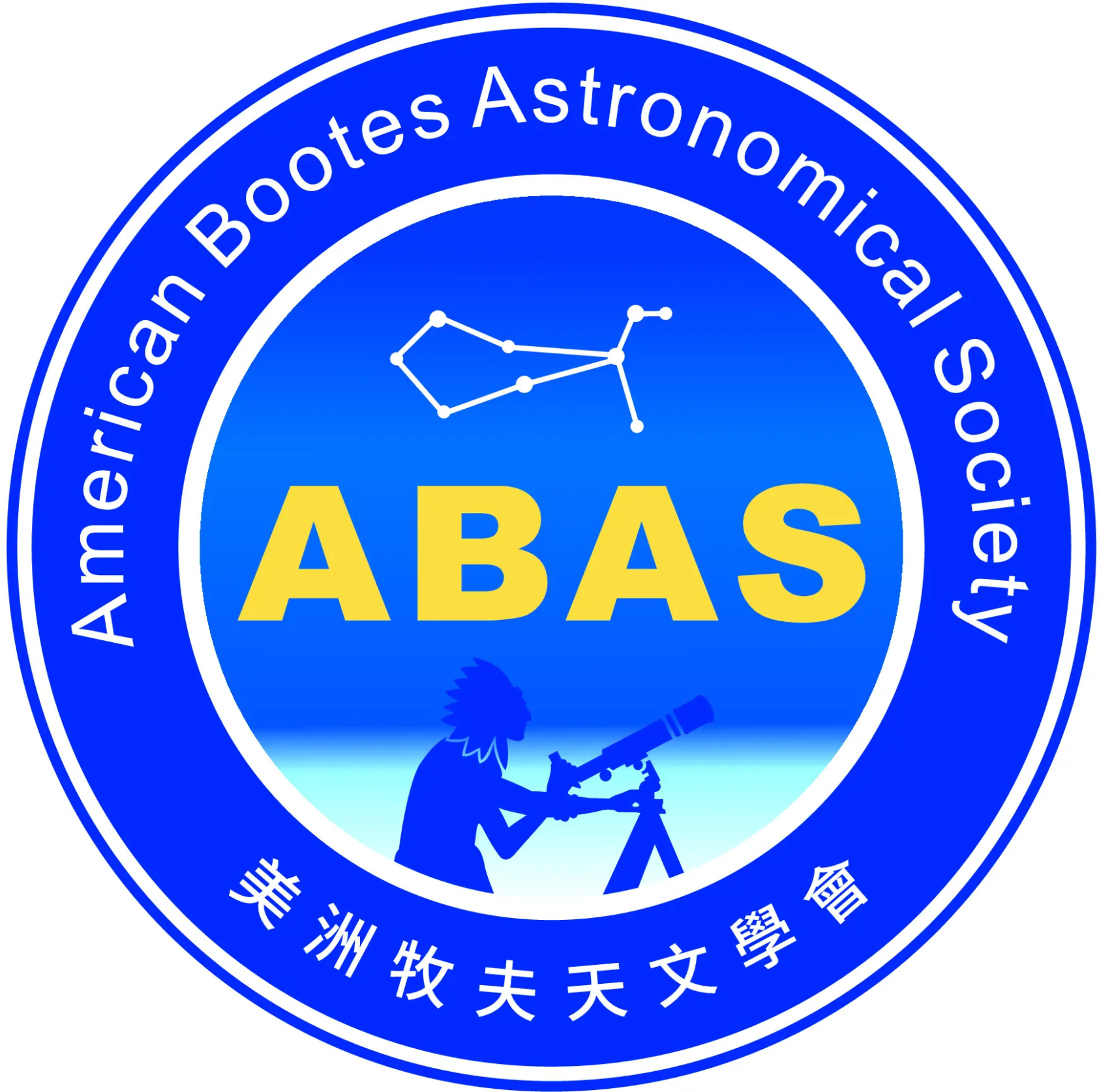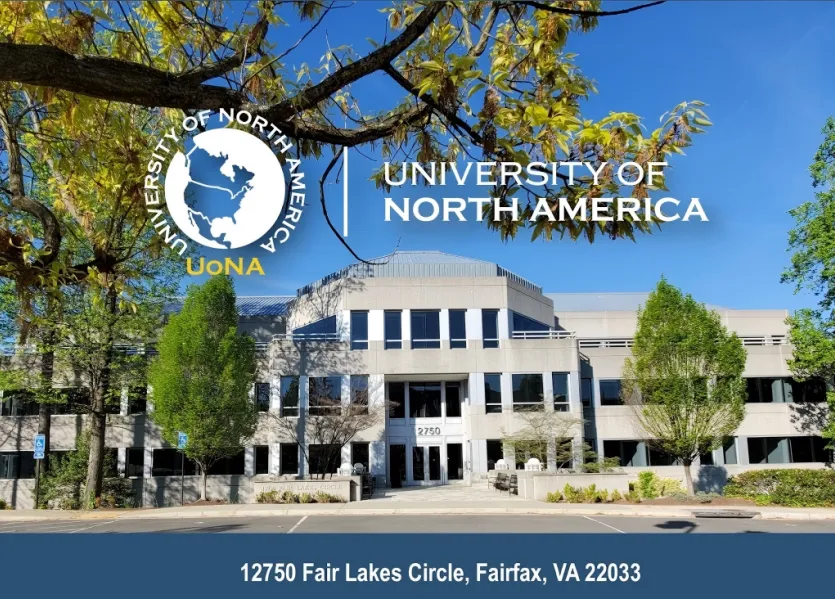
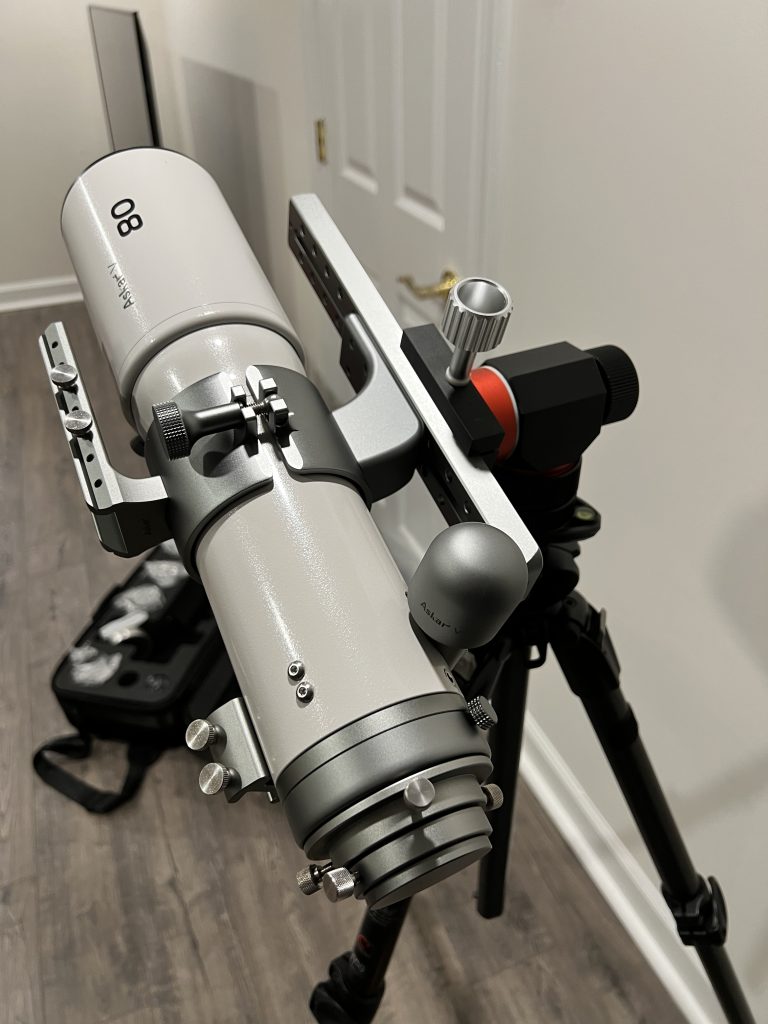
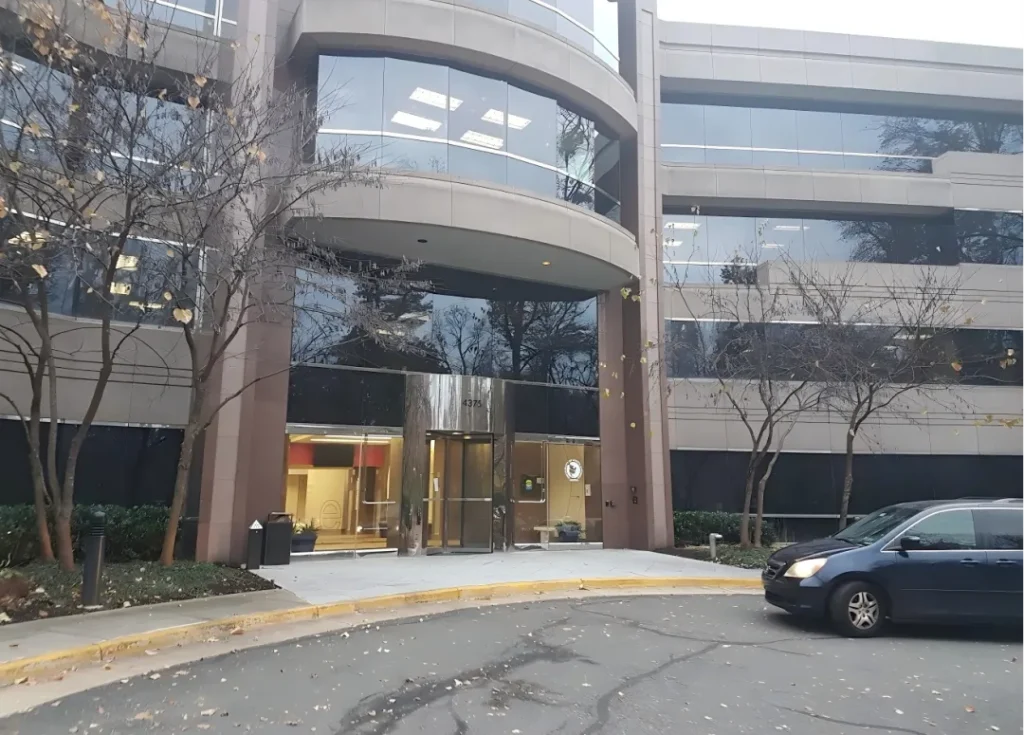
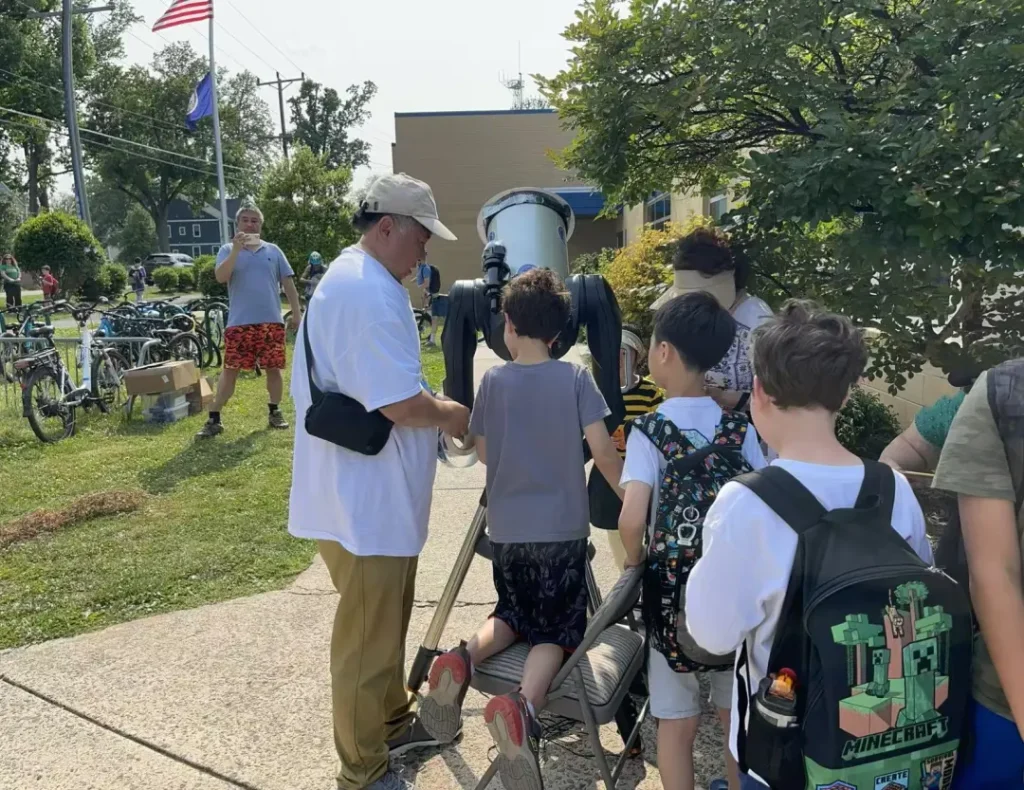
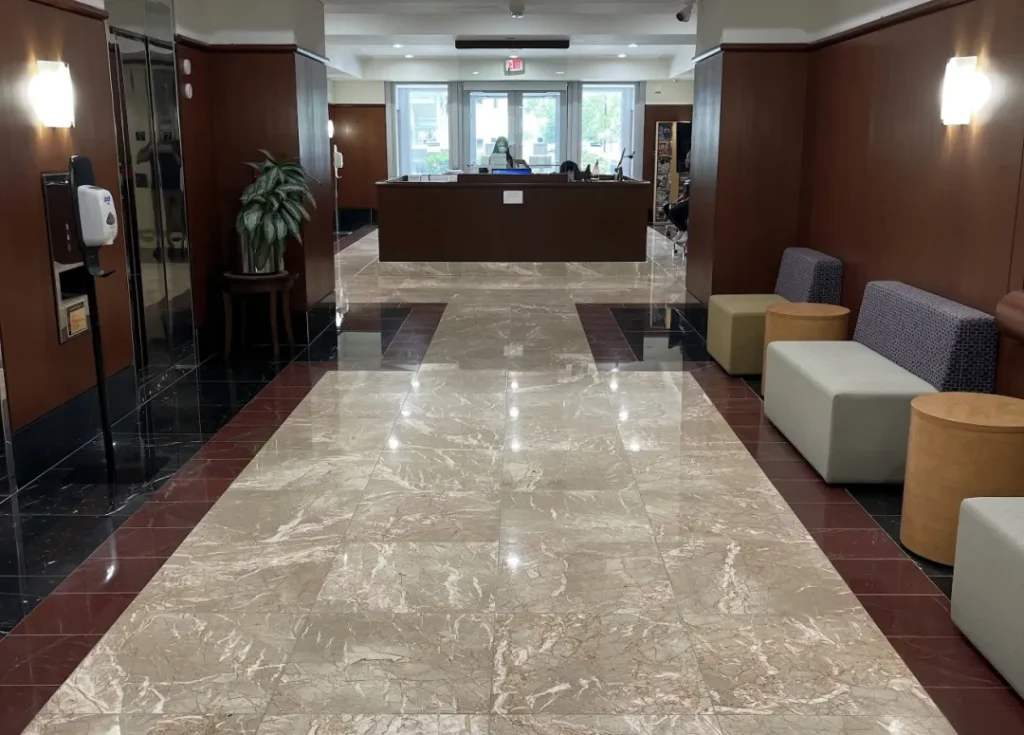
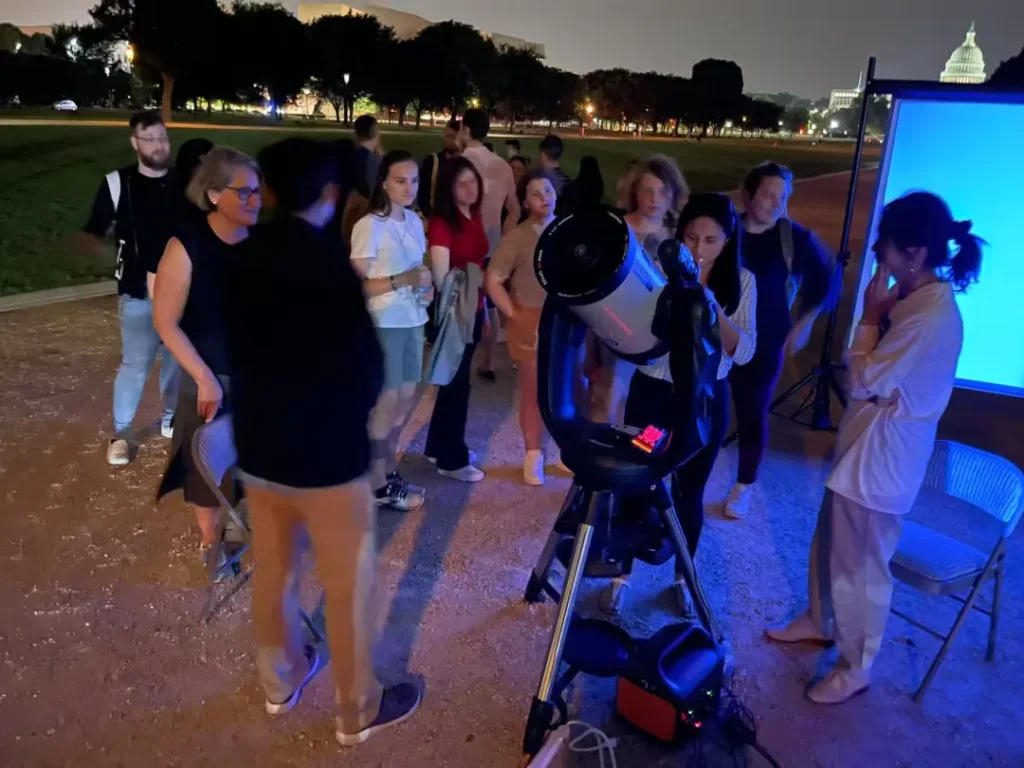
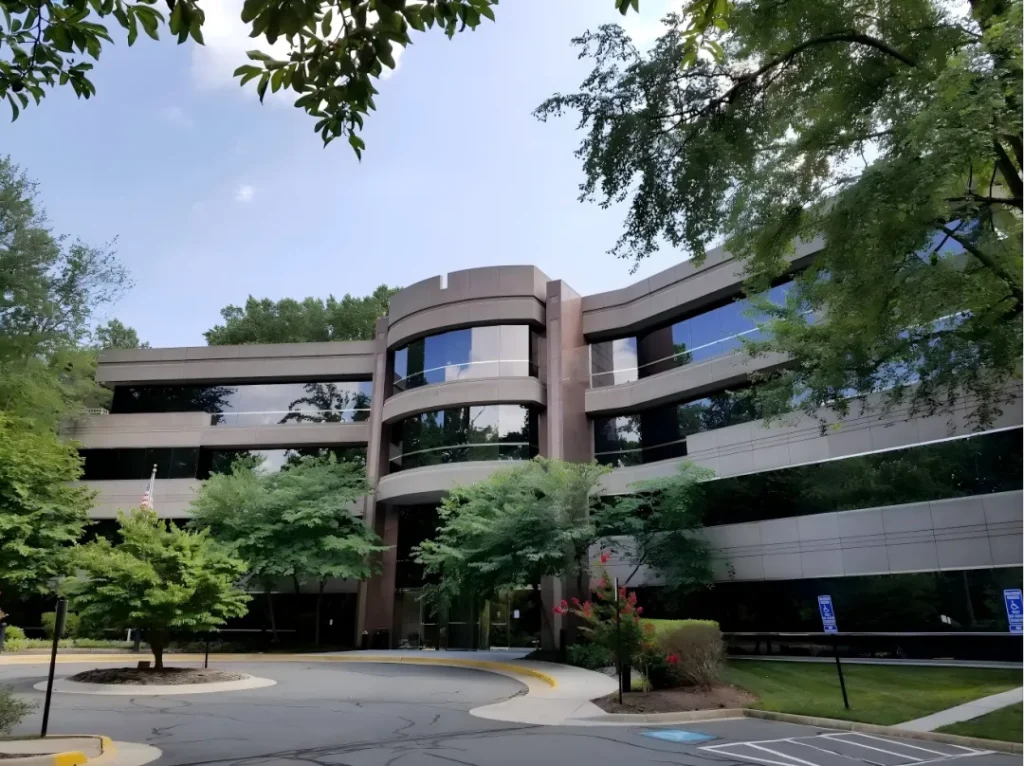
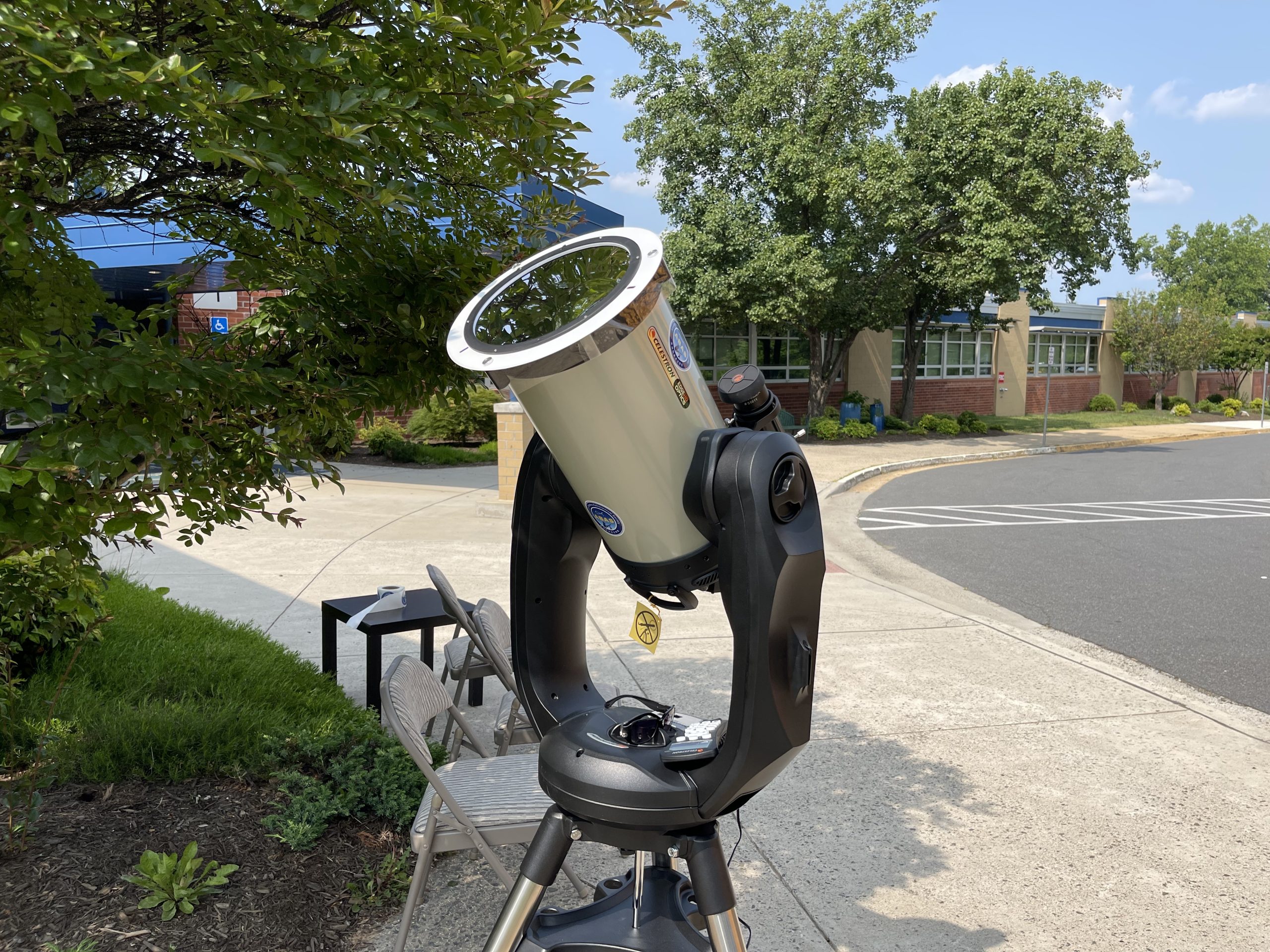
Summer Camp Schedule
Augst 11-15, 2025
Day 1
Lecture Topics (Approx. 2–2.5 hours):
- Explore the fundamentals of astronomy – the science of celestial objects and the universe.
- Learn to identify stars, planets, satellites, asteroids, and comets using visual cues and motion.
- Understand constellations and how their visibility changes with the seasons.
- The Perseid meteor shower – when it occurs and why it happens.
- Trace the history of astronomy through pioneers like Copernicus, Galileo, and Newton, and the evolution of the telescope.
Activities (Approx. 1–1.5 hours):
- Use Stellarium: Learn to locate constellations.
- DIY Constellation Viewer withpaper and a flashlight.
- Group Art Project – My View of the Meteor Shower:
Day 2
Lecture Topics :
- Astrophotography Basics: Introduction to mirrorless cameras, lenses, and tripods.
- Camera Settings: Learn how ISO, shutter speed, and aperture impact night sky images; explore long exposure techniques.
- Light Pollution: Understand its effects on stargazing and how to find darker skies.
- Mobile Astrophotography: Tips for capturing stars and meteor showers with a smartphone.
- Perseid Planning: How to forecast the Perseid meteor shower peak and prepare for photographing it.
Activities:
- Hands-on training with cameras—work on composition, focusing, and exposure simulation experiments.
- Special Evening Event: Perseid Meteor Shower at Lake Fairfax Hilltop Group Campsite.
- Night Activities: Participate in guided long-exposure photography, visual observation, and meteor counting.
Day 3
Lecture Topics (Approx. 2 hours):
- Types of Telescopes: Compare refractors, reflectors, and radio telescopes.
- Using Telescopes: Practical tips and common mistakes to avoid for beginners.
- Our Solar System: Overview of structure, orbital patterns, and key differences between terrestrial planets and gas giants.
- Mars vs. Venus: Contrast their geology, atmospheres, and the challenges in searching for life—plus fun facts.
- Studying Alien Atmospheres: How NASA probes analyze atmospheres on other planets using spectrometry and remote sensing.
Activities :
- DIY Paper Telescope: Build a simple telescope and practice viewing distant objects outdoors.
- Virtual Exploration: Use NASA Eyes or the Solar System Simulator to explore planets and their orbits.
- Planet Hunt Game: Teams race to locate planets using Stellarium — fastest team wins!
Special Evening Event: Stargazing in Virginia
Day 4
Lecture Topics (Approx. 2 hours):
- Lunar Features: Identify basic features like maria, craters, and highlands, and explore the stories behind them.
- Phases & Tides: Understand the phases of the Moon and how the Moon influences Earth’s tides.
- Moon Formation Theories: Compare the Giant Impact, Capture, and Co-formation theories.
- Lunar Exploration: Highlights of the Apollo, Chang’e, and Artemis missions.
- Future Lunar Bases: Examine challenges around energy, water sourcing, and sustaining human life on the Moon.
Activities:
- Virtual Moon Exploration: Use the GlobeViewer Moon App to explore lunar terrain interactively.
- Group Project: Design a future moon mission including mission goals, payload, and robotic system design.
Special Evening Event: Stargazing in Maryland
Day 5
Lecture Topics (Approx. 2 hours):
- Inside the Sun: core, radiative zone, convective zone, chromosphere, and corona.
- Solar Phenomena: Explore sunspots, solar flares, prominences, and the solar wind.
- Space Weather: Effects of solar storms including GPS disruption and spectacular auroras.
- Light Pollution & Preservation: Importance of dark skies and advocacy by the International Dark-Sky Association.
- Future Missions: Highlights of the James Webb Space Telescope and concepts for a Mars base.
- Space Policy & Cooperation: Brief overview of global space agencies—NASA, ESA, CNSA, and international collaboration.
Activities:
- Sun Cross-Section Drawing: Create a detailed diagram of the Sun’s layers.
- Solar Observation: Use solar filters for safe Sun viewing (weather permitting).
- Group Presentations: Present designs for Future Deep Space Missions.
- Closing Ceremony: Showcase all projects, award certificates, and group photo.
Special Afternoon Event: Optional Solar Observation at Union Square (weather-permitting).
